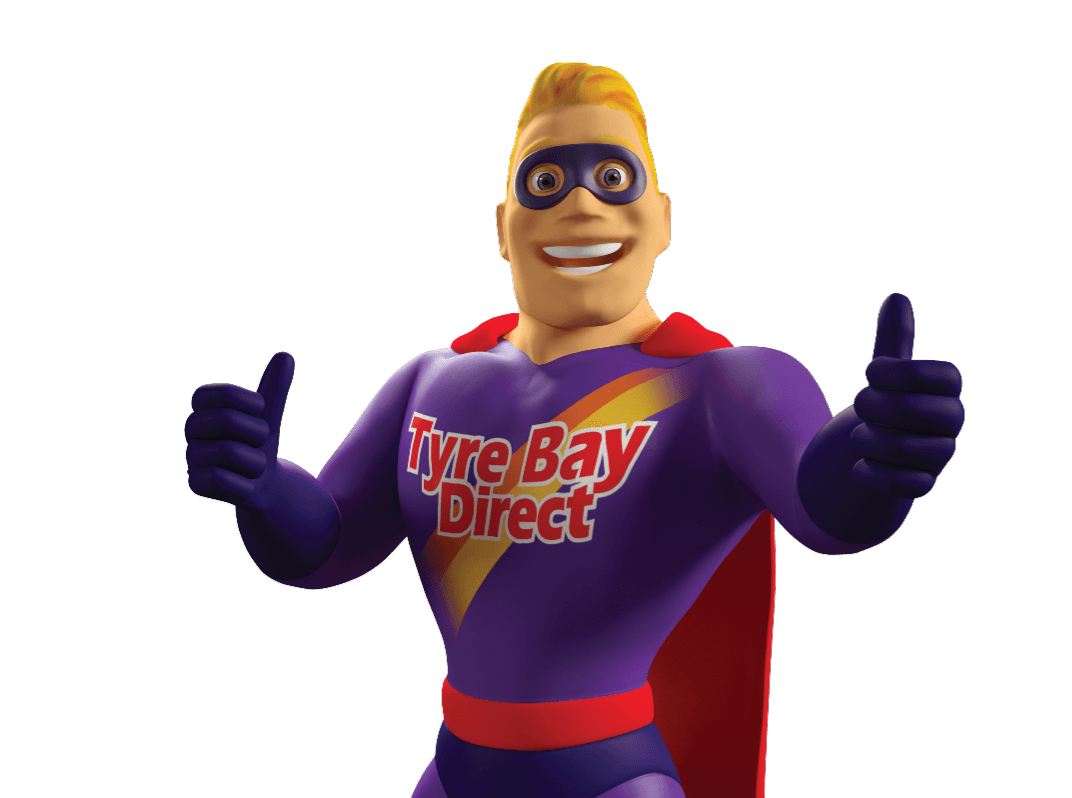Motorway Names 10 Most ‘In-Demand’ Used Cars of 2022 Despite significant challenges for the new car market – which is only just beginning to bounce back after the Covid-19 pandemic – the used car sector performed strongly once again in 2022. That meant it was another good year for Motorway, the used car sales […]
Tyre Bay Direct Blog
Product Focus: Atlas WB12 Wheel Balancer In the garage equipment industry, the Atlas brand has quite the reputation. Originating from across the pond, this esteemed American brand has been trusted by garages for decades now – and its products are finally available to purchase here in the UK through Tyre Bay Direct. Tweaked and […]
Buying Guide: Semi-Automatic Wheel Balancers Whether you’re thinking of buying your first ever wheel balancer or are planning to upgrade from an old manual input model, a semi-automatic wheel balancer makes an awful lot of sense. This category is the most popular across the industry, offering an excellent blend of efficiency, ease of use and […]
What Are the Different Types of Wheel Balancers? New to the world of wheel balancers? On your travels, there are three main types of machine you’re likely to have encountered: manual, semi-automatic and fully automatic. The question is: what do all of these terms mean, and what makes each one different? We’ll take a look […]
With the sale of all new petrol and diesel cars set to end in the UK in 2030 (and hybrids following five years later), it’s natural to assume that the market for internal combustion-powered cars will drop off the proverbial cliff. This seems even more likely when you consider that the European Union – along […]

